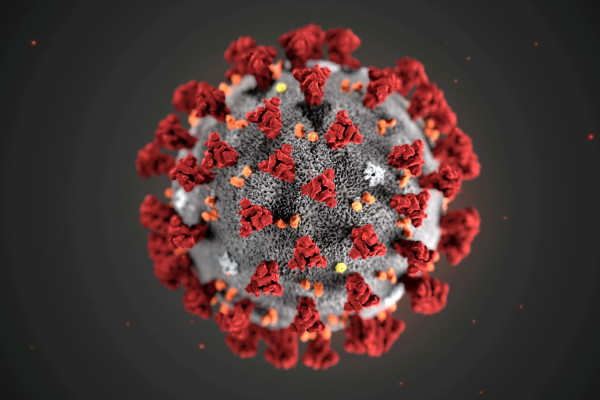

The Pentagon loves to apply its favorite buzzword ‘lethality’ to anything and everything, and the global coronavirus pandemic is no exception.
A Tuesday article on the official website of the DoD titled ‘DOD Confronts Coronavirus Head-On’ detailed the “positive action” that the Pentagon is undertaking to “protect people, safeguard critical national security missions and capabilities and support the whole-of-government approach to confronting the spread of the coronavirus.”
The overall purpose of this positive action, according to the DoD? It’s in the service of lethality, that vague euphemism for militarized killing that the Pentagon loves to trot out for every new initiative.
Given that Dr. Anthony Fauci, director of the National Institute of Allergy and Infectious Diseases, recently told lawmakers that the coronavirus is 10 times more lethal than the seasonal flu on the same day the DoD article appeared, this employment of ‘lethality’ is weirdly tone-deaf. Indeed, some Pentagon public affairs officer must have realized this, because the article was recently reclassified as “Defense News” as of Thursday.
But this ham-fisted public affairs gaffe reflects a broader problem within the DoD that Task & Purpose has noted before: the full-throated and indiscriminate deployment of lethality to describe every single facet of defense activity, no matter how mundane and pedestrian, in terms of how it contributes to the Pentagon’s fundamental mission of killing people.
The Pentagon’s lethality cult, a gift bequeathed to E-ring policy jockeys by former Defense Secretary James Mattis, has been a weird fixture of military jargon ever since the DoD changed its mission statement from “provide the military forces needed to deter war” to “provide a lethal Joint Force to defend the security of our country.”
To be fair to the Pentagon, there are certainly elements of modern military affairs that fall squarely under the lethality category, like new developments with the F-35 Joint Strike Fighter and the modernization of the nuclear triad. These things directly relate to the deployment of state-sanctioned violence and therefore the sort of lethality calculation that’s become endemic among military planners, and their deployment is fine.
But lately, lethality has become the DoD’s hammer — and everything looks like a nail. Among the recent additions to the pantheon of lethality: the military’s response to volcanoes and other natural disasters, a remote controlled door for K-9 units, a solid cyber strategy, global integration, digital modernization, changes to tax law, and “perfecting the human weapon system with healthy fueling,” which posits that a balanced breakfast is key to ensuring that airmen are ready to kill at a moment’s notice.
Indeed, the true extent of the DoD’s lethality obsession is perhaps best captured in a July 2019 memo to DoD privacy officials advising them to consolidate duplicative systems of record notices “to optimize business processes and create efficiencies for lethality.”

Herein lies the problem: all of these may have some second- or third-order impact on lethality in the same way any broad but incremental change technically moves service members towards their ultimate status, the military’s version of baseball sabermetrics but tinged in the scientific drollness of American bureaucracy. But at the same time, placing decidedly non-lethal measures under the category of lethality reduces service members to nothing but merciless killing machines.
This is a fundamental problem when it comes to coronavirus. The U.S. military will absolutely be on the front lines of the battle against the disease, whether it’s quarantining affected communities like New Rochelle, New York, or working overtime to develop a vaccine. But framing the military’s coronavirus response as a matter of lethality is deeply unnerving: the disease is not an enemy to be slaughtered, and framing it as such betrays a fundamental misunderstanding of how prevention and mitigation of a pandemic actually works.
Look, the DoD can call everything lethality if it wants; in the end, the only victim of its over-categorization will be the word itself. “This is either incredibly insensitive or an act of quiet defiance in the face of how ridiculously meaningless one of Mattis’ favorite buzzwords has become thanks to overuse by the Pentagon,” as CQ-Roll Call reporter Andrew Clevenger observed on Twitter. “I really hope it’s the latter, not the former.”
